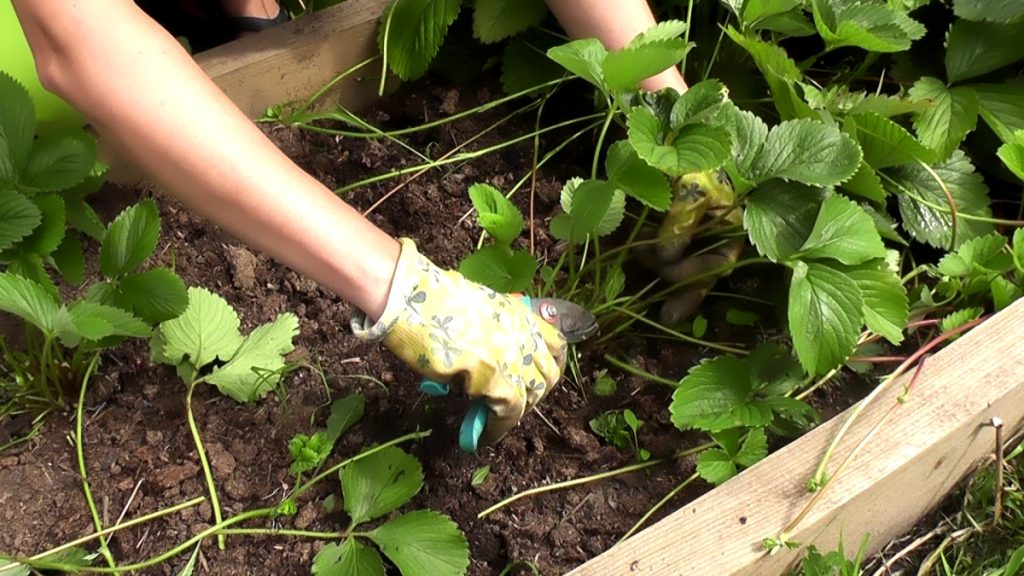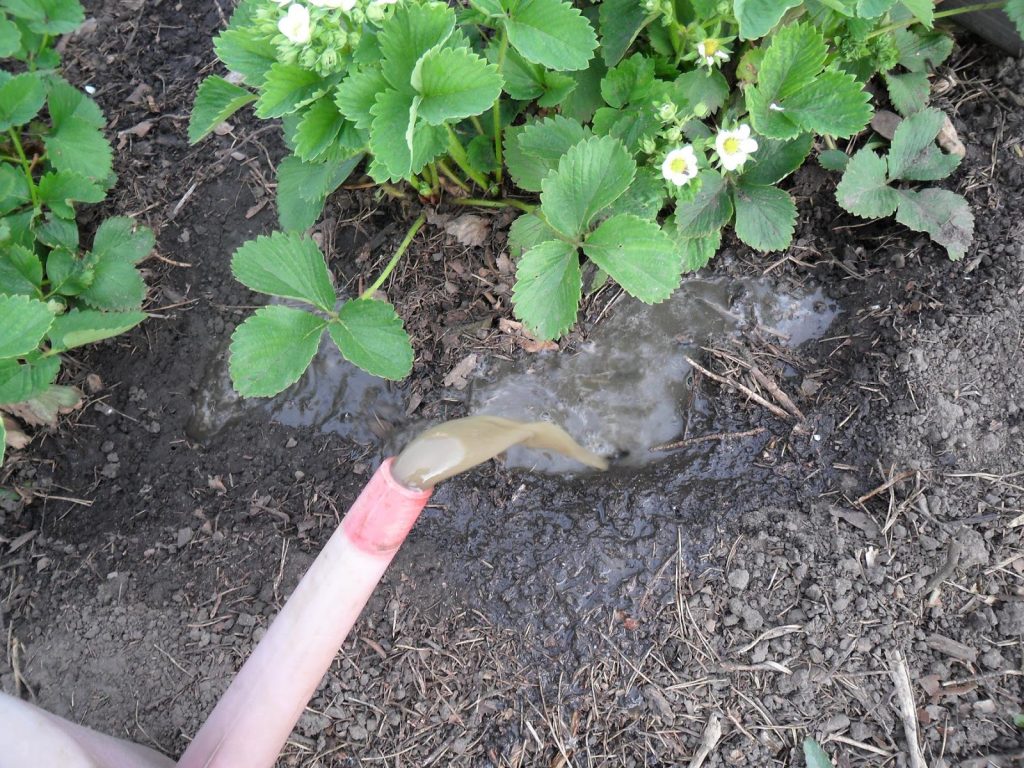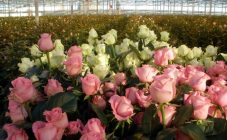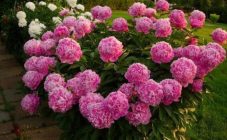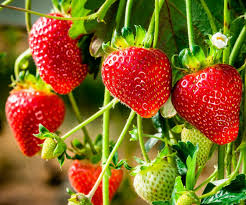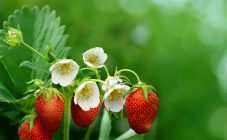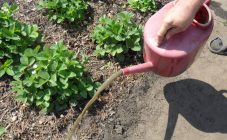Content:
Any gardener simply must know how to care for strawberries after harvest, otherwise you can not even dream of large, juicy berries. Strawberries respond favorably to care and attention, giving an abundance of delicious and delicate fruits.
Strawberry harvest time
The repair strawberry begins to bloom from May, continuing through October. The first fruiting occurs in early June, depending on the growing region, the second harvest in July, and the third in August. Disposable early varieties can bear fruit as early as May. There are a lot of varieties, and each of them has its own fruiting period, for example, the Flamenco variety begins to bear fruit only in August and ends in December. Therefore, everything is rather arbitrary.
Care after the first fruiting
In order for strawberries (garden strawberries) to bear fruit well, almost all-season care is needed. It is a mistake to think that after harvesting strawberries do not need anything, here it is quite the opposite - the bushes need special manipulations to restore them. Proper care of strawberries after fruiting contributes to an increase in yield by at least 15-40%. Thanks to correctly performed preventive work, the fruits are made larger, juicier and tastier.
Post-harvest care in July
Strawberries bear fruit, what to do next is one of the most common questions in gardening. It's actually quite simple. After picking strawberries in the summer, the following manipulations are carried out:
- weeding;
- mustache trimming;
- removal of dried, dry leaves;
- top dressing;
- hilling.
First of all, the beds are weeded from the weeds, then the dry leaves are disposed of and the mustache is cut off. Red leaves are subject to mandatory removal.
In the case of the presence of young rolling leaves or their wavy configuration, the culture must be treated with anti-mite preparations, since these signs indicate the presence of Tarsonemus fragariae.
Yellowed central leaves with thickened, short petioles testify to the nematode. In this case, the plant must be completely utilized - the bush is uprooted, doused with var and removed outside the garden. The examination should be more detailed so as not to miss the parasite, otherwise all the bushes will become infected.
After you have finished trimming the mustache, remove the old mulch, loosen the soil, fertilize, water. Near the plants, loosening is done 5 cm deep, and between the rows - up to 10 cm.
Then the bushes are spud, the roots of which must be completely covered, and the top must be above the ground. In particular, this applies to elderly plants, in which, over time, the root system tends to protrude above the ground.
Top dressing and watering
It is necessary to feed the bushes with mineral fertilizers with the addition of trace elements. One sq. m - an average of 30 g of fertilizers. Fertilizers intended for strawberries are suitable for this purpose: ammophoska, fertika. They are buried 6 cm deep.It is forbidden to use fertilizer, which contains potassium chloride, since it slows down growth and impairs fruiting.
They also use well-rotted humus, scattering it on top of the soil - it improves the structural parameters of the soil and fertility. Chicken droppings diluted in water (in a ratio of 1:15) are used with care, avoid getting on the leaves to avoid burns. A high concentration is detrimental to the bushes.
Watering is carried out until the end of the summer cottage season, at least 1 time per week (1 bucket per sq. M). The best effect is achieved by drip irrigation - the soil does not become waterlogged, the plants do not rot, receiving the required amount of moisture.
Berry care in August
Taking proper care of your strawberries after harvesting will help you to have a bountiful harvest in the future. August is the best fit in this regard.
Care in the last month of summer consists of:
- pruning leaves;
- mustache transplant;
- protection from diseases and pests;
- preparing strawberries for winter.
All old leaves are cut off (early, middle and late varieties are processed in turn). Overgrowing, bushes increase the chances of disease and pests. When trimming the mustache, leave at least 10 cm at the base of the plant. For planting, use only healthy, strong antennae. To improve the fertility of strawberries, the strongest mustache is left on the bushes, from which a new uterine bush will grow to replace the old one. This manipulation is performed every 3 years.
In August, preventive and therapeutic measures are taken against fungi, pests and powdery mildew. It is necessary to treat the bushes with preparations of your choice: "Actellik", "Karbofos" (protects against strawberry mites, weevils), "Azocene", "Topaz" (fights against powdery mildew). From rot, the use of a 1% solution of lime and copper sulfate is effective.
Preparing for winter
Top dressing in August increases the frost-resistant qualities of the plant and promotes the formation of flower buds. At this stage, the plant needs nitrogen fertilizers. Complex mineral fertilizers should include: nitrogen, phosphorus and potassium, in a ratio of 1: 2: 4. Ready-made: "Fasco", "Autumn", "Autumn" will do. The latter, in turn, does not contain nitrogen; it can be used in later periods. Among the organic ones, preference is given to peat, horse manure in granules, bone meal and humus.
The "fed" strawberries are mulched. For shelter for the winter, leaves, needles, straw, potato tops are used. The warming procedure is carried out in warm, dry weather, otherwise the layer will cake and will contribute to the development of diseases inside or rotting of the root system. The layer covering the plant for autumn and winter should be at least seven centimeters. In addition to mulch, non-woven material (spunbond, for example) is used.
Features of care for reusable strawberries
A conniving attitude towards strawberries after the first harvest is extremely unacceptable, otherwise the further harvest will be a big question. The very first harvest, even if it is insignificant, deprives the plant of many nutrients and strength, and by the end of fruiting it is in a rather noticeable depleted state.
After harvest:
- the site is well loosened;
- get rid of weeds;
- feed;
- remove the mustache.
You need to start these procedures as early as possible, before the strawberries have grown too much. The roots should not look out, be sure to cover them with earth.
Top dressing
Strawberries respond well to herbal infusions and yeast feeding. A good effect is obtained by nettle extract, which is prepared as follows: 2/3 of the container is stuffed with finely chopped nettle, dandelion leaves, and common bilge (flowers are removed to prevent weeds), then filled with water, corked and left in the open sun. The result is a mixture that is disgusting in smell and appearance, but at the same time very useful for the culture. The resulting consistency is diluted with water in a ratio of 1:10 and applied to the beds. Yeast is added to the herbal infusion.
Yellowed and dying leaves of bushes are removed. A controversial issue arises about the young, intensively growing greenery: the gardeners were divided into half, one of which believes that the removal of foliage contributes to the better formation of peduncles, the other, on the contrary, claims that the bushes after such procedures noticeably weaken, since photosynthesis is much reduced when the greenery is removed ...
Mustache removal
After the first harvest, the mustache grows with excellent speed and strength, while taking a lot of strength from strawberries. A rooted whisker encourages the formation of new bushes, which contribute to additional harvest. It is for this reason that the second collection stands out for the large number of berries. At the same time, summer residents emphasize that offspring should be expected only from the first whiskers, which can be determined by size, subsequent shoots will not give a crop this year. Therefore, only the first antennae are left, and the rest are cut off, to save the plant's energy for forming berries.
Removing bushes
Reusable strawberries have two subdivisions: ADI (long daylight hours) and NDM (neutral daylight hours). The first bears fruit for 2-3 years, the last - only one season, after which the bushes are changed.
Preparing for the winter season
DSD plants are covered with insulating materials (straw, herbs, pine needles) for the winter.
The NSD strawberry will need a transplant to a new place of residence. The procedure includes the following nuances:
- old bushes are removed from the garden before the arrival of the first frost;
- the seedlings are transferred to a new territory no later than August - September, so that by the arrival of sub-zero temperatures, young bushes take root well;
- mustache cut from uterine bushes serve as planting material;
- the flowers that appear on the bushes are removed;
- after the second frost, the strawberry bushes get rid of all the foliage, the beds are covered with insulation (straw, fallen leaves, sawdust).
Spring care for remontant varieties
Caring for remontant strawberries in the spring does not have any peculiarities, the berry, like at any other time of the year, requires: watering, regular loosening, timely disposal of weeds, feeding and treatment from diseases and pests.
In early spring, dry, yellow and diseased leaves are removed from last year's remontant strawberries. The soil is fed with ammonium nitrate.
The first fruiting is characterized by a lower quality of berries, so gardeners recommend removing flowers at the first flowering, saving the plant's strength, then the second fruiting will be very productive.
Experienced gardeners recommendations
Correct manipulations can increase the yield of berries at times. Simple, but very effective advice from experienced summer residents:
- Compliance with crop rotation: strawberry bushes are rapidly aging and losing productivity, it is not advisable to grow them on the same territory for more than 4 years. Optimally, change the bed every year.
- The cycle of varieties: systematic updating of the assortment with new species does not allow pathogens to adapt to the immune profile of varieties;
- Weed strawberries are ruthlessly removed: these varieties may have barren flowers, small unattractive berries or not bloom at all, are distinguished by powerful growth of greenery and mustaches, and muffle "good" bushes.
- Correct reproduction: a new bed is folded from part of their bushes and part of purchased ones.
What care you provide for strawberries, you will get such a harvest, since it is an important component for the formation of juicy, large and healthy berries.
